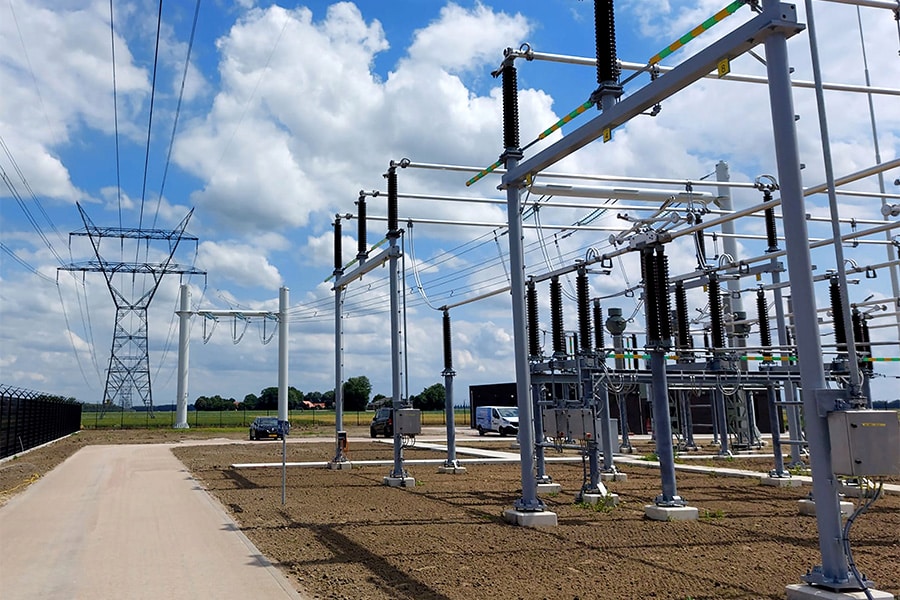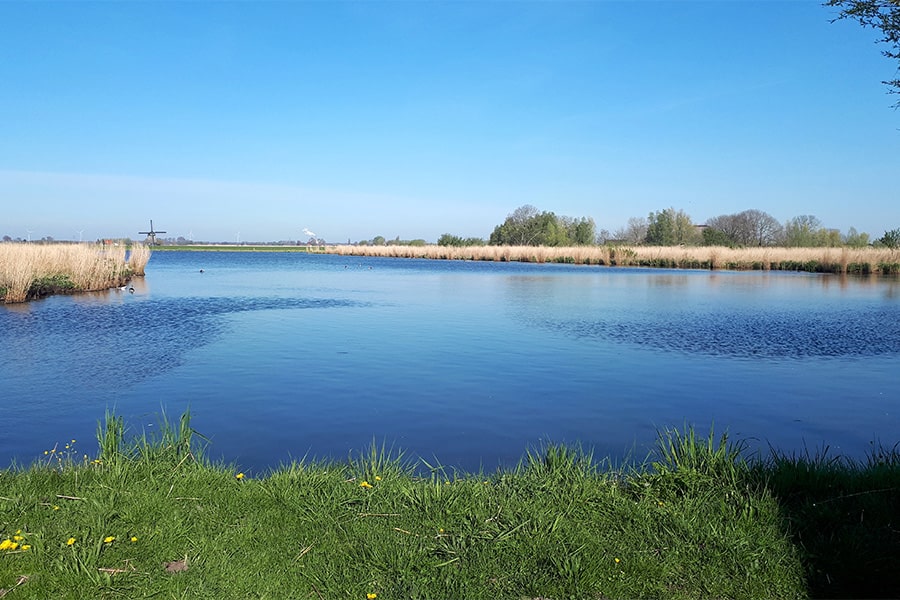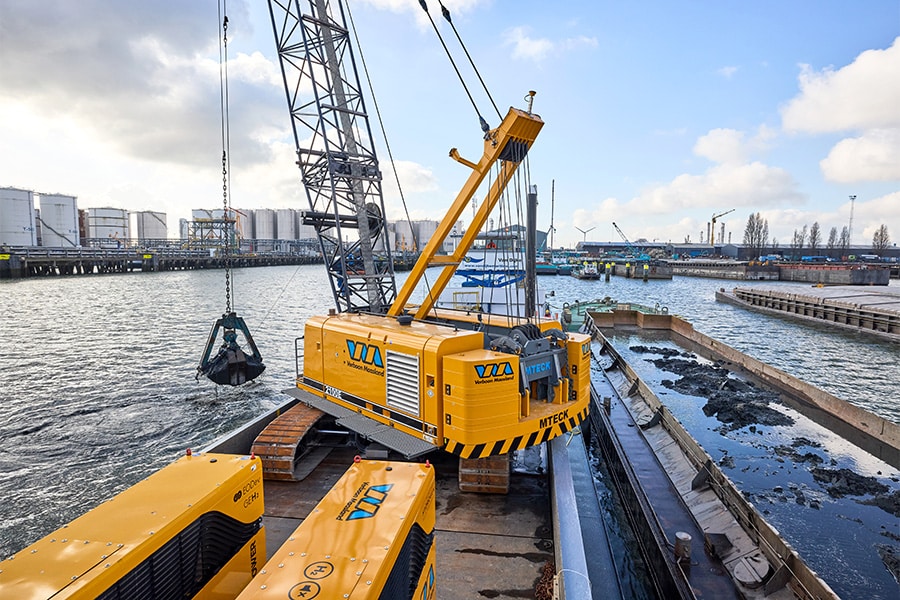
Heinenoordtunnel to be the first tunnel in South Holland to be upgraded
In huge renovation task of Rijkswaterstaat
The Netherlands is on the eve of a huge infrastructure maintenance task. In the coming years, more than one hundred bridges, tunnels, locks and viaducts will be renovated on behalf of the Department of Public Works. The Heinenoordtunnel will be the first of eight tunnels to be renovated in South Holland. Building consortium Savera III, consisting of Dura Vermeer, SWARCO (formerly Dynniq) and SPIE Netherlands, are responsible for carrying out the renovation and developing the new tunnel automation.

Sustainability Report
Among other things, the road surface will be renewed and the concrete repaired. As part of sustainability, the walls of the tunnel will be made lighter, reducing the need for "auxiliary lighting. This will reduce energy consumption. New light grids and LED lighting will also be used. And there will be a middle tunnel channel, where the new tunnel automation will be built. The old systems will remain in operation until the new systems are built, tested and approved. After renovation, this middle tunnel channel will be the new escape corridor. In addition, the existing service buildings will be addressed and given a new look to better fit into the environment.

Multitechnical service provider
SPIE Netherlands is a subsidiary of the SPIE Group, the independent European leader in multi-technical services in the fields of energy and communications. SPIE Nederland guides its clients in the design, implementation, operation and maintenance of various installations in the energy, infrastructure, industrial and building-related sectors. "As the largest multi-technical service provider in our country, we would like to play a pioneering role and contribute to a future-proof Netherlands," said Rick Schreurs, technical manager at SPIE. Schreurs has been working at SPIE for ten years within various divisions and is ultimately responsible for the design and test phase at project Renovation Heinenoordtunnel. "In fact, I am the technical conscience of my colleague, Jurgen van den Bos, who has been with SPIE for 21 years and is also an MT member within the traffic and transport department." On project Renovation Heinenoordtunnel, Van den Bos is the project manager on behalf of SPIE. "Together with SWARCO, SPIE is responsible for the design, installation, testing and maintenance of the tunnel technical installations."

Technical solutions to technical challenges
"We design, install and maintain the power supply, the mechanical installations, such as the liquid pumping system, the fire extinguishing system, the ventilation and overpressure system and the building-related installation," says Van den Bos. "In addition to these installations, SPIE picks up the escape doors and auxiliary mailboxes, among other things." Schreurs explains that it is quite a challenge to build the new installations in parallel while the old ones are still in operation. "In terms of energy supply, it has to be able to handle twice as much and, of course, you also have to consider the spatial management: for example, the new cable route must not get in the way of the old one and you have to deal with a limited spatial integration of the new system. This was preceded by an intensive preliminary process to get everything on the right track. On the basis of a mock-up built by Savera III of part of the tunnel wall with the middle tunnel channel, we properly identified the technical challenges in advance and provided solutions for them."

Tight planning
In addition to the technical challenges, the tight schedule is also something to seriously consider. "The entire project, from mechanical engineering to renovation of the tunnel technical systems, is being carried out in several phases totaling forty nights, thirty weekends and two summer periods," says Van den Bos. "That means you have to have the right people and materials in the right place at the right time in order not to jeopardize the lead time and meet the schedule." Schreurs explains that this phased implementation means the current systems will remain in operation until the new systems are built and tested. "This way, a months-long closure of the tunnel is not necessary and the disruption remains relatively limited for the more than 110,000 road users per day and we are sure that everything is working properly before switching from the old to the new systems."

Good cooperation
Mutual good cooperation is essential to the success of this project. "And this is running excellently, both within the combination and with Rijkswaterstaat," Van den Bos agrees. "Within SPIE we work with the One-SPIE idea: there is so much knowledge present within SPIE's various departments and disciplines that it is fully utilized, especially in projects of this kind. This solid foundation increases our value to clients and ensures that we are ready for even more large-scale infrastructure projects.



